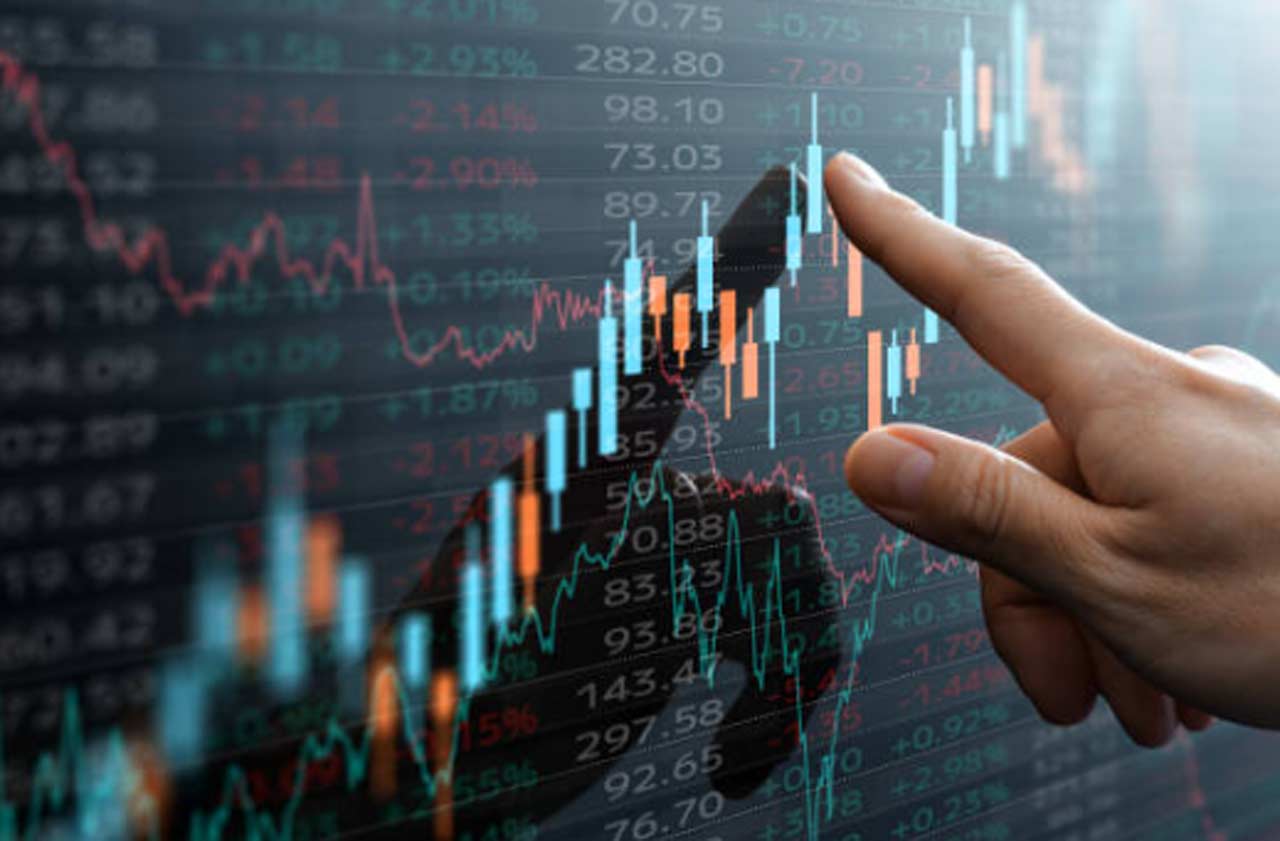 Ever wondered how stock prices can plunge in minutes, causing widespread panic? Welcome to the world of flash crashes. These sudden market drops highlight the vulnerabilities of modern trading systems and the impact of technology on our financial landscape. Let’s delve into the mechanics, historical examples, and what this means for you as an investor. If you wish to learn about investing with education companies, you may connect with education firms.
Ever wondered how stock prices can plunge in minutes, causing widespread panic? Welcome to the world of flash crashes. These sudden market drops highlight the vulnerabilities of modern trading systems and the impact of technology on our financial landscape. Let’s delve into the mechanics, historical examples, and what this means for you as an investor. If you wish to learn about investing with education companies, you may connect with education firms.
Defining Flash Crashes: Historical Context and Modern Implications
Flash crashes are sudden, severe drops in stock prices, typically occurring within minutes. These sharp declines are often followed by a quick rebound, leaving both investors and analysts scratching their heads.
The term “flash crash” gained widespread recognition after the 2010 incident when the Dow Jones Industrial Average plummeted nearly 1,000 points in just 10 minutes. This dramatic event highlighted vulnerabilities in the market, especially with the rise of algorithmic trading.
Historically, markets have always been prone to sudden drops. However, the speed and scale of modern flash crashes are unparalleled. This phenomenon underscores how technology, particularly high-frequency trading (HFT), can exacerbate market volatility. HFT uses complex algorithms to execute trades at lightning speed, which can lead to a cascade of rapid sell-offs if certain triggers are met.
In today’s trading environment, flash crashes are a stark reminder of the fragility of our financial systems. As technology evolves, so does the potential for these abrupt market swings.
Understanding their historical context helps us appreciate the complexity of modern markets and the need for robust safeguards to prevent future occurrences. How do you think technology will shape the future of stock trading? Will it make markets more stable or more unpredictable?
Historical Case Studies
Examining past flash crashes gives us valuable insights into their causes and effects. Let’s start with the infamous 2010 flash crash. On May 6th, the Dow Jones Industrial Average fell by nearly 1,000 points in mere minutes.
This dramatic plunge was primarily driven by a massive sell order executed by an automated trading algorithm. The event caused widespread panic and highlighted the vulnerabilities in the trading systems.
Another notable example is the 2015 flash crash in the Chinese stock market. During this period, Chinese stocks experienced a rapid decline, wiping out trillions of dollars in market value. This crash was exacerbated by the heavy involvement of retail investors and the use of margin trading, which led to forced liquidations and further drove down prices.
In more recent times, the 2020 flash crash during the COVID-19 pandemic showed how global events could trigger market turmoil. The uncertainty and fear surrounding the pandemic led to a massive sell-off, causing markets to plummet in a short span of time. This event underscored the interconnectedness of global markets and how external shocks can quickly ripple through the financial system.
These case studies reveal common patterns and triggers, such as automated trading and external shocks. By analyzing these events, we can develop better strategies to mitigate the impact of future flash crashes. Have you ever wondered how these rapid market shifts could affect your investments?
Underlying Mechanisms of Flash Crashes
Flash crashes are driven by several underlying mechanisms, with algorithmic trading playing a central role. Algorithms are designed to execute trades based on pre-set conditions, often without human intervention. When multiple algorithms react simultaneously to market movements, it can create a feedback loop, leading to rapid price declines.
High-frequency trading (HFT) amplifies this effect. HFT firms use advanced technology to execute a large number of trades at incredibly fast speeds. While HFT can provide liquidity, it can also contribute to volatility. In a flash crash scenario, HFT algorithms might trigger massive sell-offs if they detect certain market conditions, exacerbating the downward spiral.
Liquidity gaps are another crucial factor. During a flash crash, the sudden surge in sell orders can overwhelm available buy orders, creating a liquidity gap. This gap leads to sharp price declines as sellers struggle to find buyers, further fueling the crash.
Regulatory measures, such as circuit breakers, aim to curb the impact of flash crashes. Circuit breakers temporarily halt trading if prices fall too quickly, giving the market time to stabilize. However, the effectiveness of these measures is still debated, as they can sometimes lead to increased volatility once trading resumes.
Understanding these mechanisms helps us appreciate the complexity of flash crashes. It’s not just about rapid trading but also about how different market participants and technologies interact. How can investors protect themselves in such volatile environments? What strategies can be employed to navigate these sudden market shifts? These are critical questions for anyone involved in stock trading.
Conclusion
Flash crashes remind us of the stock market’s inherent volatility and the role of technology in shaping it. By understanding their causes and effects, we can better prepare for these sudden market shocks. Always stay informed, consult financial experts, and adopt strategies to safeguard your investments against such rapid market swings.







